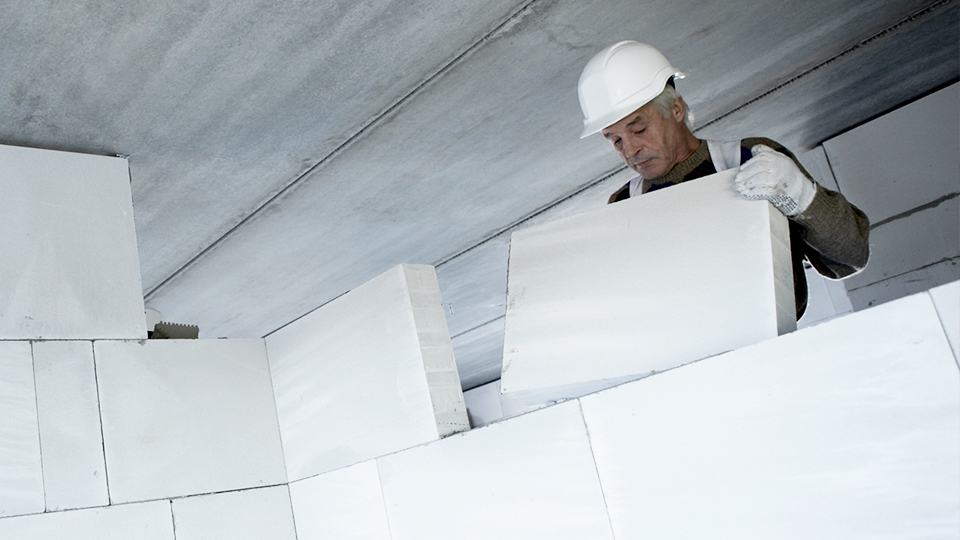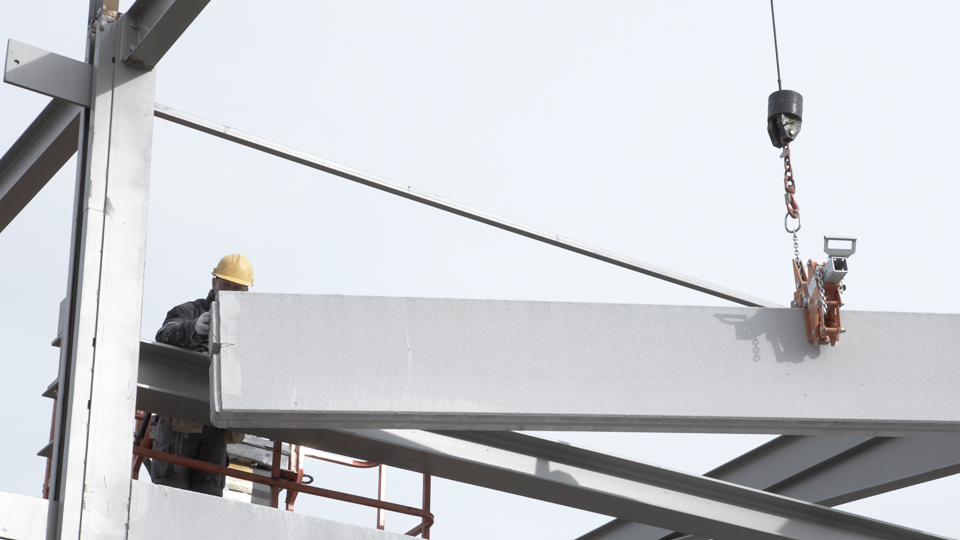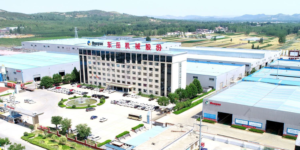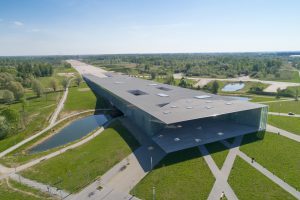
Ensuring the health and safety of building users
Healthy and safe living conditions are at the top of many peoples’ minds. Humans spend on average 60-90% of their life in indoor environments, which is why the importance of healthy buildings is crucial. This trend will only become more emphasised as our population ages, increasing health risks related to indoor air pollution. Indoor air quality is of vital importance, especially for vulnerable groups such as children and elderly people.
The specific qualities of AAC products make them among the most appropriate building materials for good indoor air quality. AAC prevents heat losses, condensation, and improper ventilation inside the building envelope. Its non-organic composition reduces the risk of developing allergies and prevents mold, rodents or other pests from affecting the building.

Manufactured from widely available natural raw materials
AAC has excellent thermal and noise insulation, high resistance to rain penetration, is not combustible and heat resistant, providing added protection to building users.
AAC is moreover one of the safest building materials available to consumers. It is manufactured from widely available natural raw materials (lime, sand or other minerals, cement and water) and does not contain any toxic substances, such as chemicals or volatile compounds, that could harm residents or workers. The manufacturing process emits no pollutants and creates no by-products or toxic waste products. This makes AAC a healthy and safe building material.
Do you want to become a member of EAACA? Contact us!
News

We welcome a new Member – Dongyue Machinery Group
We are pleased to announce that Dongyue Machinery Co, Ltd. has recently joined the association and supports us in our work. Dongyue Machinery Co., Ltd.

Election Piotr Dauksza
At a recent meeting of the Executive Committee of the European Autoclaved Aerated Concrete Association (EAACA), the Committee unanimously elected Mr Piotr Dauksza as the

EAACA statement on the current RAAC topic in the UK
Following various media reports on the subject of RAAC in the UK, we as a European association would like to comment on this. Please find



